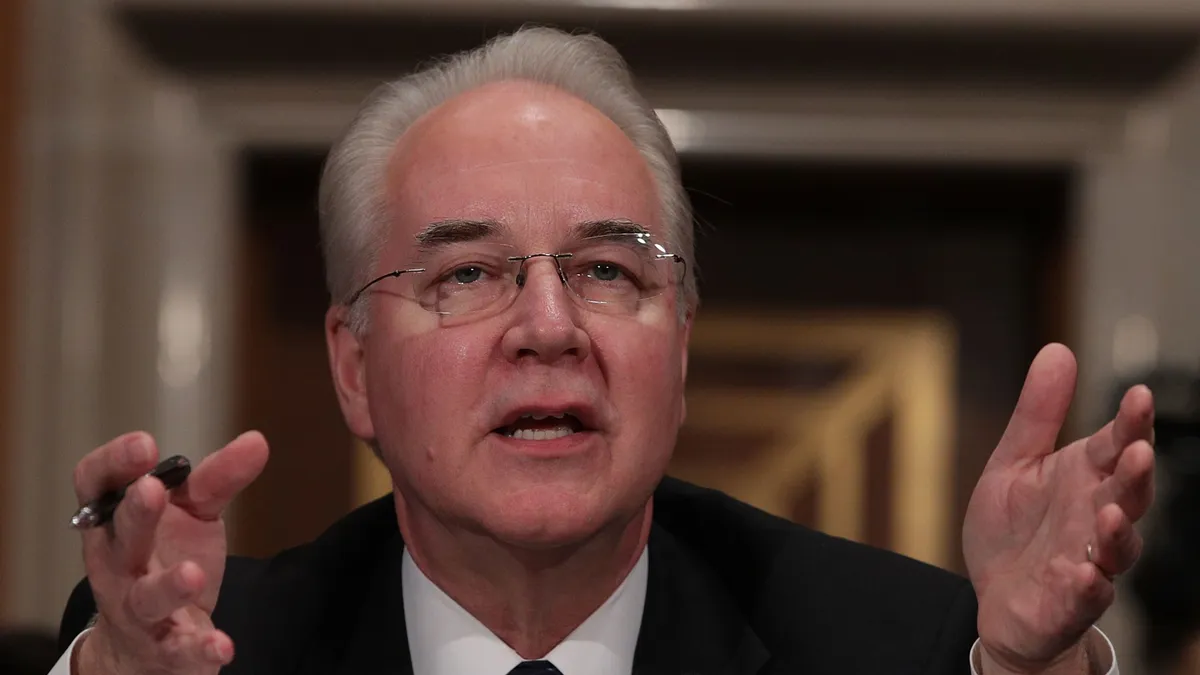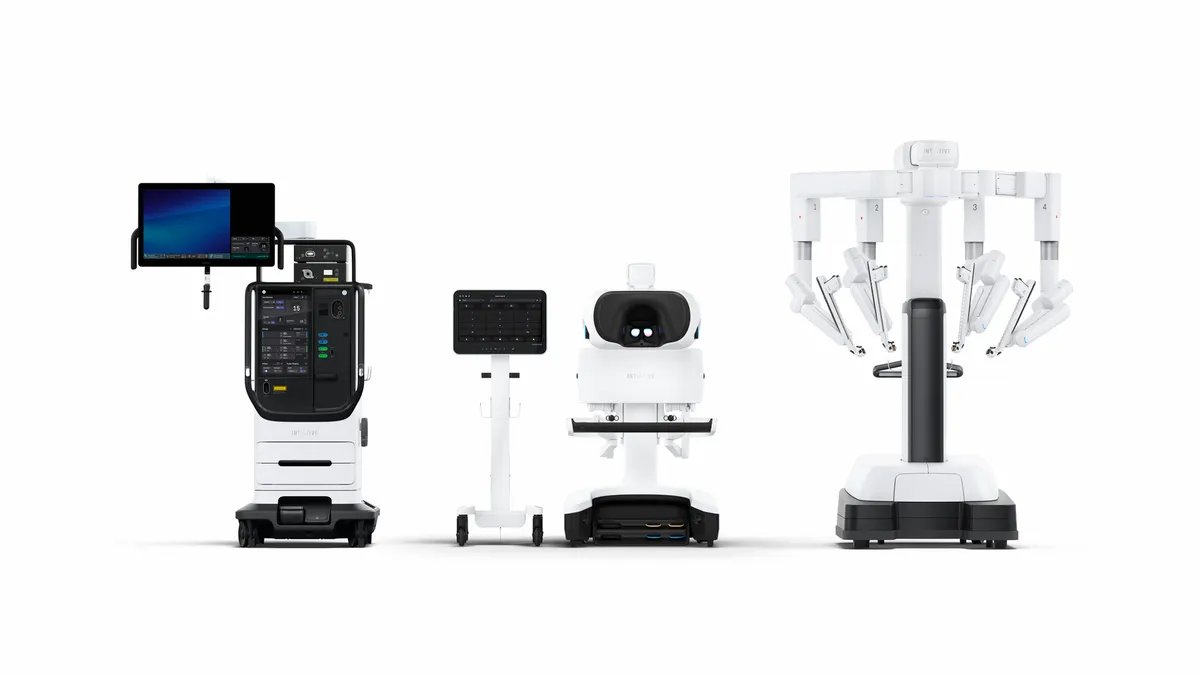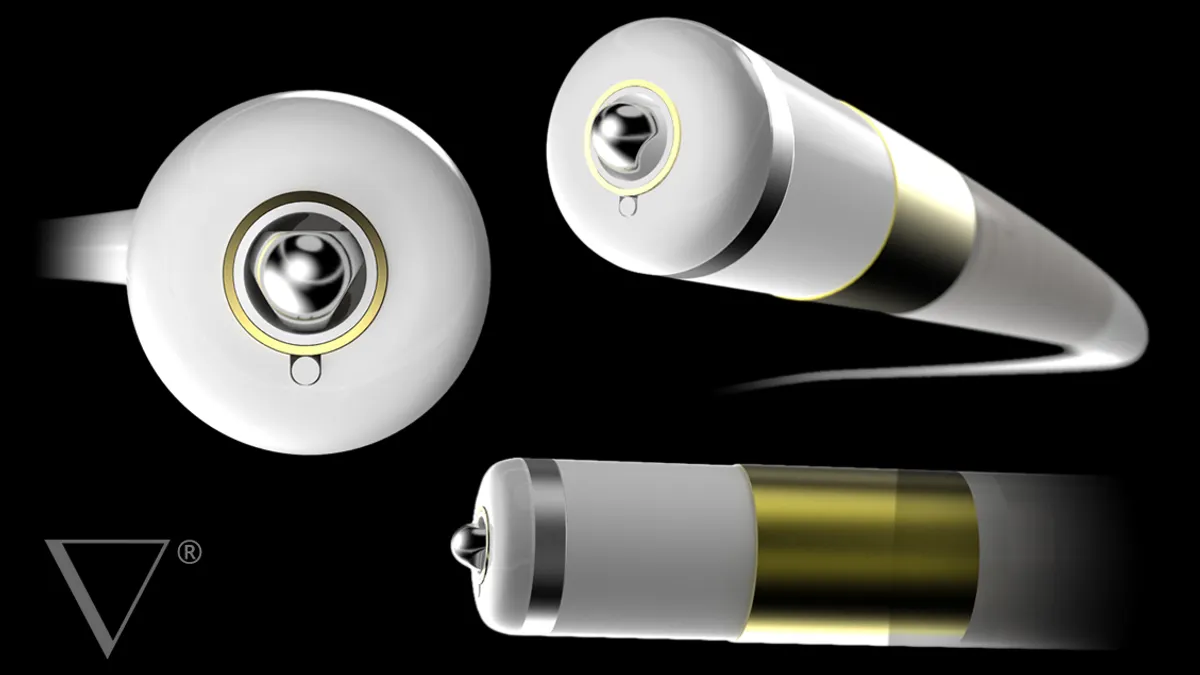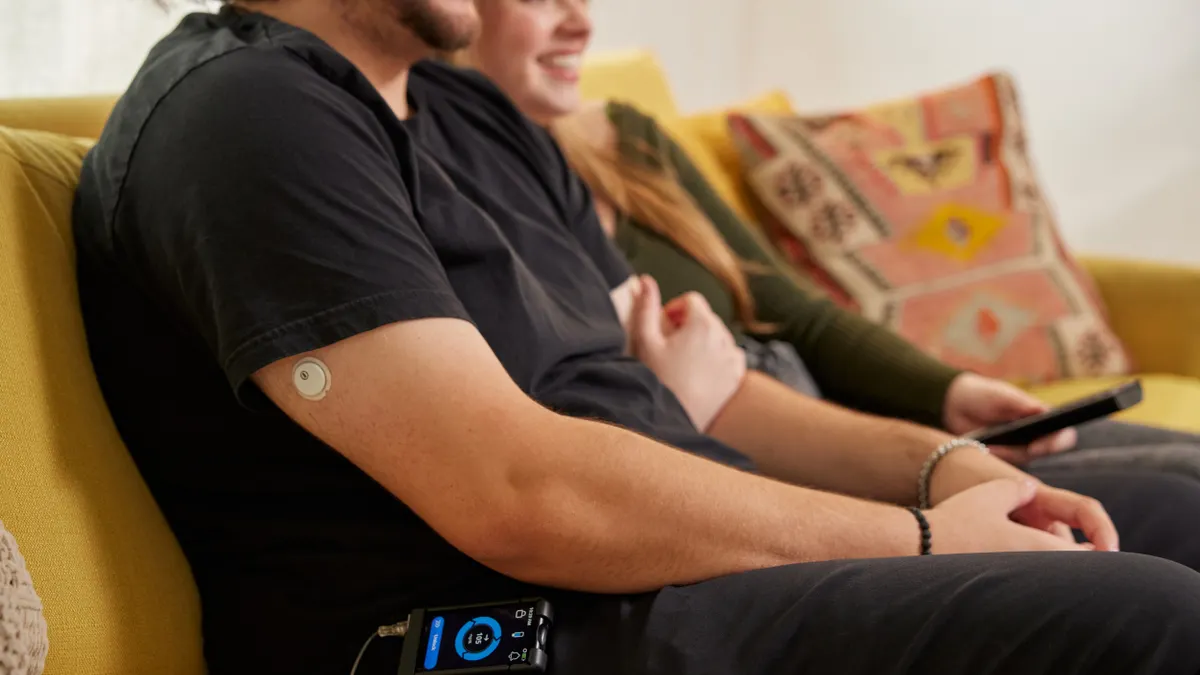Editor’s note: Tom Price served as secretary of the Department of Health and Human Services from February 2017 to September 2017 and served in the House of Representatives from 2005 to 2017.
The U.S. healthcare sector is now also a technology sector. Every stage of our healthcare system is dependent on modern technologies, whether it be the development of new medicines and treatments, the tools that doctors utilize to treat patients, or how patients track and manage their own conditions. As the link between healthcare and technology grows stronger, however, there are also new obstacles that stand in the way of continued innovation. Among them are destructive patent infringement lawsuits.
A report on the future of U.S. healthcare released by McKinsey & Company last year pointed to the COVID-19 pandemic as an accelerator of new healthcare technology solutions and cited “the potential for scaling up innovation that was prompted by pressure the pandemic put on the health care system” as a reason for optimism about the industry. This is an important silver lining surrounding a devastating global pandemic and federal policy and rules must be aligned to make sure groundbreaking medical advancements are realized.
Patent infringement litigation brought by shell companies called patent trolls is a drag on innovation across sectors, including healthcare. The federal agency charged with promoting effective intellectual property policy, the U.S. Patent and Trademark Office (USPTO), has a responsibility to prevent these frivolous legal challenges from impeding the development and implementation of new, promising healthcare technologies.
Wearables could be worth nearly $200 billion by 2030
Nowhere is the connection between health and technology more evident than in the proliferation of wearable medical devices. Exact projections of wearable medical device industry growth vary – $196.6 billion by 2027; $188.4 billion by 2030; $174.5 billion by 2030 – but the estimates all point toward rapid expansion. Devices ranging from fitness, heart rate, and sleep trackers to wearable ECG and blood pressure monitors are all indicative of the direction modern healthcare is headed. And as telehealth services become more common, so will new technologies that make these virtual interactions seamless.
The cutting-edge health innovations that are needed to improve care are, however, susceptible to patent trolling. These technologies are dependent on many advances in both hardware and software, which, when combined with the influx of investment into the industry, make medical devices appealing targets for opportunistic litigators.
Patent trolls are shell companies. Many try to represent themselves as small innovators, but they are nothing of the sort. Instead, they purchase portfolios of broad, non-specific patents and use them to bring patent infringement claims against businesses that are making technological advancements and developing and producing new innovative products. The negative consequence of this litigation is both direct – the cost of settling with a patent troll to make the lawsuit go away, or mounting a costly legal defense – and indirect – active litigation preventing startups from receiving investment capital. Either way it wastes time and resources and prevents new exciting and useful innovation.
Congress is poised to make things worse
Some experts are predicting increased patent troll activities specifically related to “medtech inventions that rely heavily on software implementation,” but even now, patent trolling is no small issue. In 2021, patent trolls were responsible for over 60% of all patent litigation in the U.S. Legislation currently being proposed in Congress has the potential to make the problem even worse by reopening the door to a greater number of abstract software patents, which are a favorite of abusive patent litigators and would no doubt be leveraged against businesses that develop new medical technologies and devices.
The USPTO has a responsibility to protect innovators, including those in the health sector, by providing proper recourse for victims of patent troll litigation. Since its advent in 2011, the Patent Office’s Patent Trial and Appeal Board (PTAB) has been a forum where victims of frivolous litigation can go to have the patents being used in claims against them reviewed by expert judges. By weeding out low-quality patents during the review process, the PTAB protects innovators against some of the worst abuses of the U.S. patent system.
The previous USPTO director unilaterally implemented rule changes that restricted access to PTAB review, giving trolls an added advantage. But, under interim guidance released by the current director, Kathi Vidal, the USPTO appears to be walking back those changes, which is welcome news for legitimate innovators.
It is now up to the Patent Office to complete its restoration of PTAB review by solidifying Director Vidal’s guidance with formal rulemaking. Our ability to improve healthcare in the U.S. is tied to advancements in medical technology. We must not let wasteful patent litigation be a barrier to medical progress.




















